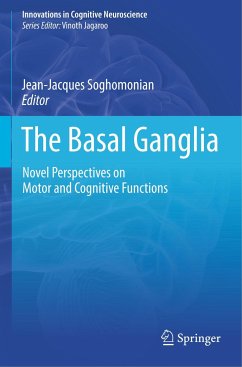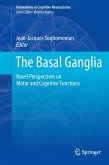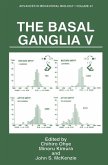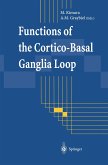This groundbreaking text takes current knowledge of the basal ganglia far from well-known motor-based models to a more inclusive understanding of deep-brain structure and function. Synthesizing diverse perspectives from across the brain-behavioral sciences, it tours the neuroanatomy and circuitry of the basal ganglia, linking their organization to their controlling functions in core cognitive, behavioral, and motor areas, both normative and disordered. Interactions between the basal ganglia and major structures of the brain are identified in their contributions to a diverse range of processes, from language processing to decision-making, emotion to visual perception, motivation to intent. And the basal ganglia are intimately involved in the mechanisms of dysfunction, as evinced by chapters on dyskinesia, Parkinson's disease, neuropsychiatric conditions, and addictions.
Included in the coverage:
Limbic-basal ganglia circuits:parallel and integrative aspects.
Dopamine and its actions in the basal ganglia system.
Cerebellar-basal ganglia interactions.
The basal ganglia contribution to controlled and automatic processing.
The basal ganglia and decision making in neuropsychiatric disorders.
The circuitry underlying the reinstatement of cocaine seeking: modulation by deep brain stimulation.
The basal ganglia and hierarchical control in voluntary behavior.
Its breadth and depth of scholarship and data should make The Basal Ganglia a work of great interest to cognitive psychologists and neuroscientists, neuropsychologists, neurologists, neuropsychiatrists, and speech-language pathologists.
Included in the coverage:
Limbic-basal ganglia circuits:parallel and integrative aspects.
Dopamine and its actions in the basal ganglia system.
Cerebellar-basal ganglia interactions.
The basal ganglia contribution to controlled and automatic processing.
The basal ganglia and decision making in neuropsychiatric disorders.
The circuitry underlying the reinstatement of cocaine seeking: modulation by deep brain stimulation.
The basal ganglia and hierarchical control in voluntary behavior.
Its breadth and depth of scholarship and data should make The Basal Ganglia a work of great interest to cognitive psychologists and neuroscientists, neuropsychologists, neurologists, neuropsychiatrists, and speech-language pathologists.








